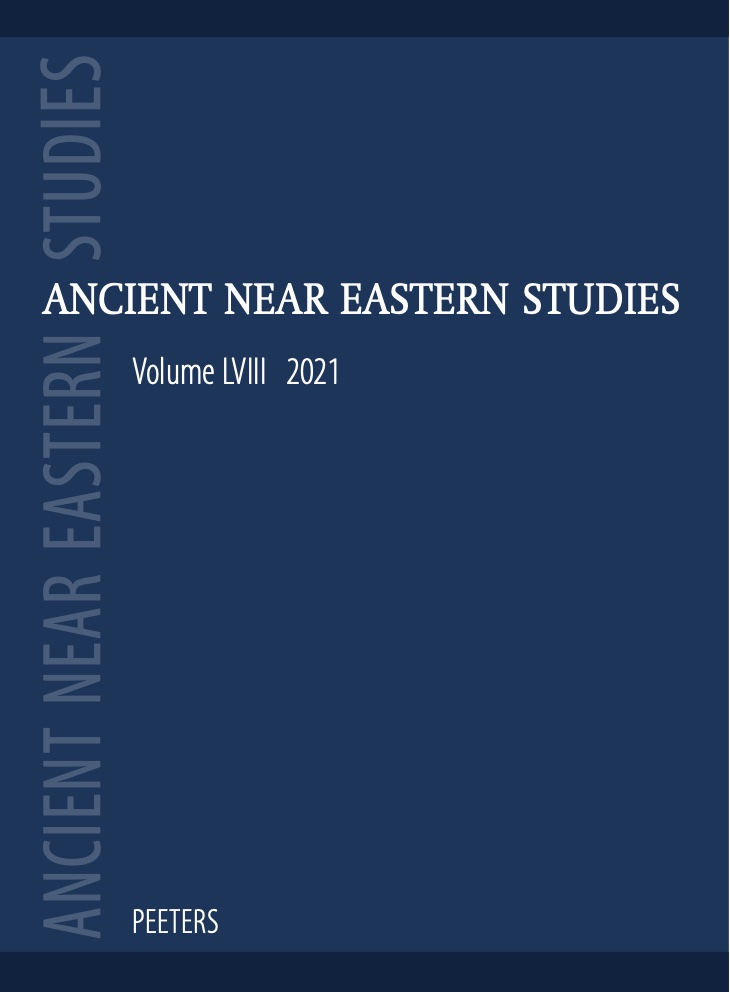 previous article in this issue previous article in this issue | next article in this issue  |

Preview first page |
Document Details : Title: Excavations at Kul Tepe (Hadishahr), North-Western Iran, 2010 Subtitle: First Preliminary Report Author(s): ABEDI, Akbar , SHAHIDI, Hamid Khatib , CHATAIGNER, Christine , NIKNAMI, Kamalaldin , ESKANDARI, Nasir , KAZEMPOUR, Mehdi , PIROMOHAMMADI, Alireza , HOSSEINZADEH, Javad , EBRAHIMI, Ghader Journal: Ancient Near Eastern Studies Volume: 51 Date: 2014 Pages: 33-165 DOI: 10.2143/ANES.51.0.3038717 Abstract : The site of Kul Tepe is located near the city of Hadishahr, is an ancient multi-period tell about 6 ha in extent and rises 19 m above the surrounding land. At this site, the first season of archeological excavation primarily aimed to clarifying the chronology, settlement organization, and respond to some of the fundamental questions such as the transition process from Late Chalcolithic to Early Bronze Age, identifying different cultural horizon including Proto-Kura-Araxes and Kura-Araxes I period and also outlining cultural condition of the region during prehistoric and historic periods. The present paper is intended to expose briefly the main stratigraphic, architectural and material data from the site. Based on the results of the first season of excavation, it was distinguished that Kul Tepe possessed cultural material from Early Chalcolithic (Dalma), Late Chalcolithic (Pisdeli = LC1; LC2 and 3 = Chaff-faced Ware), Proto-Kura-Araxes and Kura-Araxes I, Early, Middle, Late Bronze Age, Iron III, Urartian and Achaemenid periods. The accomplished studies showed that Kul Tepe passed through a transitional phase between Chalcolithic and Bronze Age and then it entered into Kura-Araxes I, II and III that contain traces of Early Bronze Age. |
|


